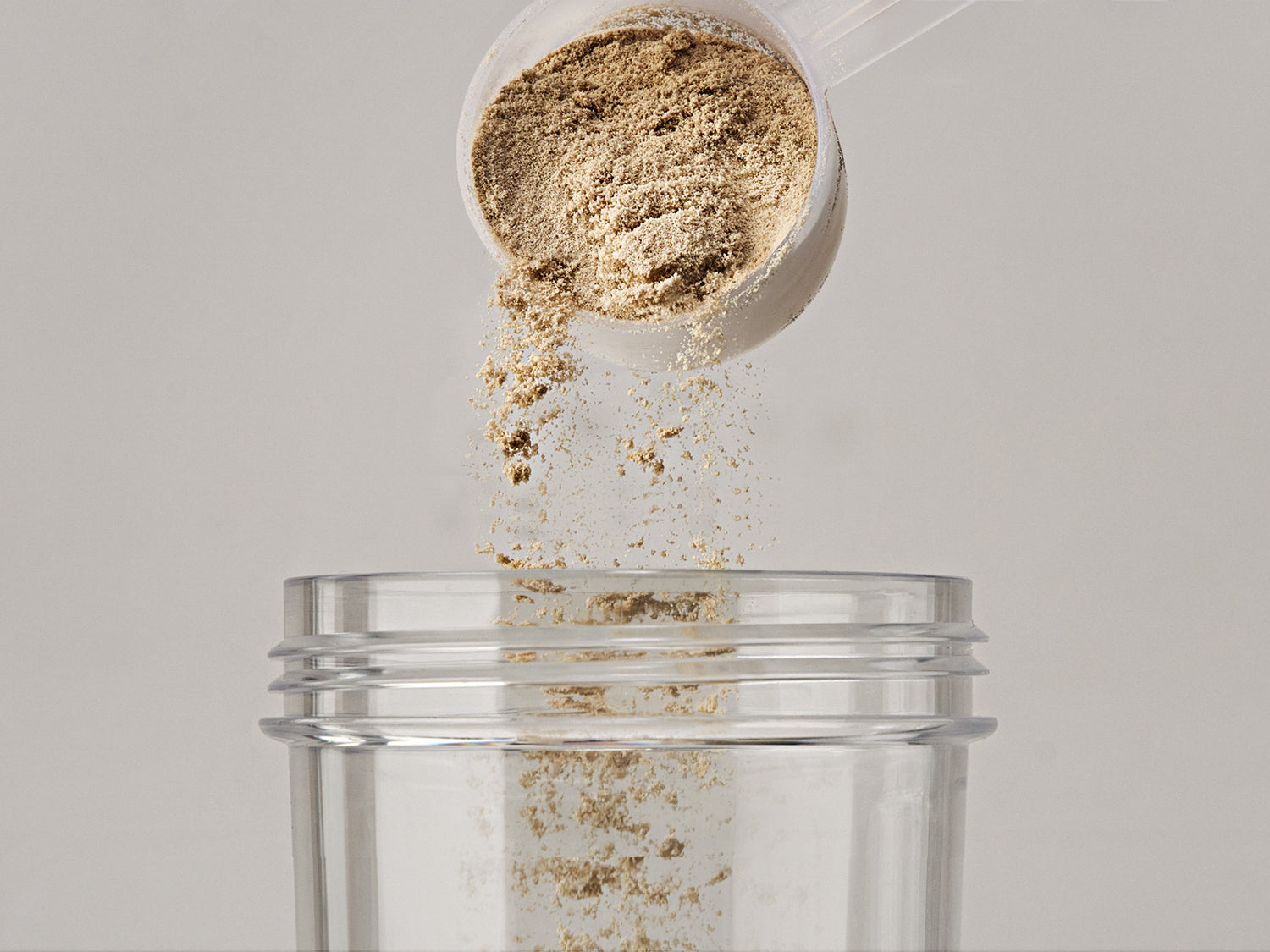By Ron Harris
You don’t have to have a degree in economics to realize that we are currently living in the most expensive time in human history. Inflation and the cost of living have both skyrocketed in recent years. Housing is almost laughably overpriced, basic economy cars now cost twice as much as what a luxury vehicle did 20 years ago, and food?
Goodness gracious! Prices for everything from eggs to fresh fruits have exploded recently. That last uncomfortable fact is especially relevant to us bodybuilders, because without the proper nutritional support, all of our workouts are for naught. Whether your physique goals lean toward getting huge or shredding it up, ample amounts of quality food are critical. Chief among the macronutrients for bodybuilders is protein, which literally provides the building blocks with which our bodies synthesize new muscle tissue.
Another inconvenient reality is that out of the three macronutrients, protein is by far the most expensive. But fear not! I’m here to help my fellow brothers and sisters in iron. You can keep up with your protein needs even if you’re on a budget. Here’s how!
Table of content
1. Buy in Bulk
If you don’t have a membership at a wholesale warehouse such as Costco or BJ’s, get one today!
My wife has worked for Costco for 21 years, and I’ll let you in on a little secret most people would be shocked to learn: They barely mark up the actual items you buy, and most of the money the company makes comes from the memberships.
A basic membership costs $60, and you’ll make that back in savings the first time or two you shop there. The meat, poultry, and fresh fish are all of the highest quality, and good luck finding it anywhere else at a lower price.
You can buy massive cartons of five dozen eggs, packages with eight to 12 cartons of egg whites, and other items all in large quantities perfect for those of us who live the meal-prep life. If you’ve been used to buying all your protein at regular supermarkets, you’ll probably be angry at how much more you’ve been paying all this time.
But smile, because with a membership at a wholesale warehouse, you’ll save in bulk.
Also Read: Post Workout Nutrition - What to Eat After a Workout?
2. Thighs Over Breasts
Chicken breasts have always been more expensive than chicken thighs. As a rough example, in January 2022 (prices have gone up since), thighs averaged 54 cents per pound in the USA compared to $2 per pound for breasts.
Bodybuilders typically opt for breasts because they’re so much leaner than thighs. Three times leaner, in fact. A 3-ounce serving of skinless chicken breast yields 140 calories, 3 grams total fat, and one gram of saturated fat. The same 3 ounces of skinless thigh gives you 170 calories, 9 grams total fat, and 3 grams of saturated fat.
Also Read: Bulking Diet For Skinny Guys
I agree that considering we typically eat 6 to 8 ounces of chicken per meal, the extra calories and grams of fat can add up. But unless you’re in contest prep and need to have your calories lower than usual, so what?
I actually ate chicken thighs many times in contest preps and got as shredded as ever, mainly because I was always conscious of total caloric intake.
Not only are the thighs so much cheaper, but the higher amount of fat makes them tastier and moister. Those of you who have struggled to choke down dry chicken breasts can appreciate that aspect.
Also Read: What does L-Carnite do?
Chicken breasts are fine if you can eat them freshly baked, broiled, or grilled, but they don’t store well, losing substantial moisture and getting stringy and tough. If a chicken breast is dry enough, it will have the consistency of shoe leather and be as nearly as daunting a task to chew.
You might have heard lifter women say, “thick thighs save lives.” In the case of chicken, thighs can save you a whole lot of cash!
3. Canned Tuna
All of you older bodybuilders who had to eat on a tight budget in your younger years probably relied on canned tuna for a meal or two every day. I sure did! Canned tuna can be divided into two general categories: chunk light and white albacore.
The white tuna is pricier and contains more omega-3 fatty acids, which are important for heart health, and is of course lower in fat. A can of light tuna packed in water will contain 191 calories, 42 grams of high-quality protein, zero carbs, and 1.4 grams of fat. White tuna is significantly pricier at an average of $2 per can, compared to $1.15 to $1.49 for a can of chunk light.
Also Read: BCAAs Vs EAAs - The Ultimate Guide
Buying in bulk rather than individual cans will save you some bucks, too. I just checked Walmart’s website, and you can pick up a 10-pack of Chicken of the Sea chunk light tuna for less than a dollar per can. Tuna cans are also available in larger can sizes, and you pay less per pound with those.
As most bodybuilders, like most people in general, aren’t wealthy, canned tuna has been a staple for meeting protein needs for decades.
Also Read: When to Take Creatine: Dos and Don’ts
4. Farmed Over Fresh/Wild Fish
If you can’t stomach the idea of eating tuna out of a can and instead want fresh fish, it will run you some money.
You have probably heard that fresh-caught fish is much healthier for you than its farmed counterpart. This is debatable. However, there’s no question that it’s far more expensive.
Fish prices vary depending on type and region, but salmon is a good example to look at. Farmed salmon will range from $5.99 to $34.99 a pound, while fresh salmon will cost $16.99 to $79.99 a pound. You’re looking at a typical difference of wild salmon costing three to four times as much.
Going back to good old Costco, you can pick up individually packaged frozen bags of fish such as salmon, cod, haddock, and tilapia probably cheaper there than anywhere else.
Also Read: 7 Best Protein Powders for Athletes
5. Forget About Grass-Fed and Organic
If you’re a health nut, you may only feel comfortable purchasing grass-fed, organic beef and other meats and poultries carrying that distinction at places such as Whole Foods. A pro bodybuilder once told me he referred to that high-end food market as “Whole Paycheck.”
If you don’t have an abundance of money, it’s just not worth it to spend the extra cash on grass-fed and/or organic beef. It does usually taste better, but the purported health benefits have zero evidence to back up that claim.
With the frequency and amounts of meat we bodybuilders eat, it would be foolish to pay so much more money. You may want to check Organic Protein.
Also Read: The Complete Guide to Workout Supplements
6. Drain the Fat, Save Some Dough
Now it’s time to talk ground meat, as many of us rely on ground turkey and ground beef to fill part of our protein needs. The higher the number, such as 90 percent lean, the less fat is in the meat, and the more money you pay for it.
As should be obvious, 80 percent lean is cheaper. You can usually find beef all the way from 70/10 to 95/5. Yet any of the fattier types can become leaner if you drain the fat as it cooks in a pan and blot the fat with paper towels, and leaner still if you put it in a colander and rinse it after cooking.
It’s a bit more work, but you’ll save some serious change. As of this writing, 90/10 ground beef averaged $6 to 8 per pound, while 80/20 goes for about $3 a pound.
Also Read: Slow Vs Fast Digesting Proteins
Protein Powder for the Win
And finally, we arrive at how a great many of us bodybuilders help meet our daily protein requirements: protein powder! Many people are under the impression that protein powder is more expensive than solid-food protein sources such as eggs, chicken, meat, and fish. A bit of simple math will demonstrate this simply isn’t accurate.
I randomly searched for prices on my favorite whey protein, Nitro-Tech by MuscleTech, which is what I have immediately after every workout. On this site, you can subscribe for a monthly four-pound tub for $47.99. This yields 40 servings of 30 grams of protein each at $1.19 per serving. Aside from chicken thighs or fattier (lower quality) ground beef, good luck finding any protein at that price or less.
Plus, whey is a higher quality protein than those from a muscle-building standpoint, as it has higher biological value, and Nitro-Tech contains creatine too!
Also Read: Why is Spot Training a Myth?
Protein powders are also more convenient, as they require absolutely no cooking. But more importantly for the sake of this discussion, they’re a perfect way to help meet your daily protein quota without breaking the bank. Tasty, quick, easy, and cost-effective—what’s not to like about protein powders?
Also Read: The Ultimate Guide to Trap Workouts
I hope this has all been very helpful to you. Successfully reaching your goals in bodybuilding relies heavily on eating enough high-quality protein every day to support muscle repair and growth. You also need protein to maintain muscle mass when cutting.
If you can’t afford to spend top dollar on protein, don’t despair. As you can see, it’s easy to meet your protein needs even on a budget!
Visit our Shop to Buy the Best Body Building Supplements


![Get Protein on a Budget [6 Secret Tips]](http://www.muscletech.com/cdn/shop/articles/img-1709935189336_4eda7177-57c7-4d53-891e-907a7f637419.jpg?v=1763070602&width=1500)


